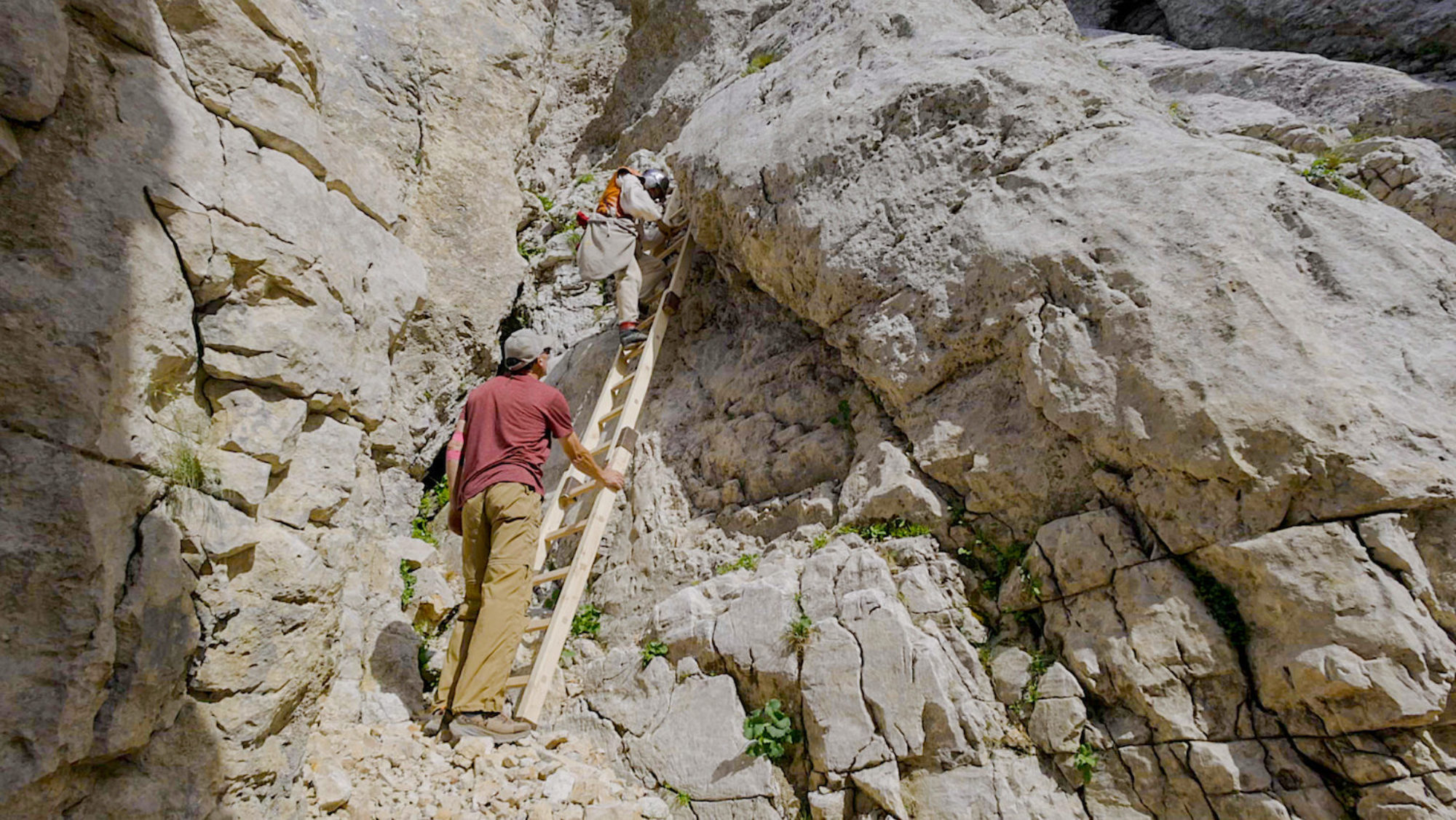Project life
530 years ago, climbing Mount Inaccessible
 © Marjolaine Gal/Megapix'Ailes
© Marjolaine Gal/Megapix'Ailes
This year marks the 530th anniversary of the first ascent of Mont Aiguille, the emblematic mountain of the Vercors. On June 25 and 26, the village of Chichilianne celebrated the event by revisiting the past in the company of historian Stéphane Gal.
In 1492, Captain Antoine de Ville conquered the mountain nicknamed the “Inaccessible”, serving the ambitions of Charles VIII and demonstrating that the King of France is unstoppable.
” While giving birth to the modern concept of “climbing”, this ascent made the mountain a place of accomplishment and self-improvement for Renaissance man. In so doing, it entered the sphere of the political and war symbolism of the kings of France ,” explains Stéphane Gal, a teacher and researcher at the Rhône-Alpes Historical Research Laboratory.
For the historian, the question remains as to the conditions under which the ascent was achieved. Where, and by what technical means? This is where experimental archaeology comes in, a discipline already tried and tested by Stéphane Gal in his Marchalp project, in which he reconstructed the crossing of the Alps in armour by François1er. The aim: “To rediscover a plausible passage under Antoine de Ville’s conditions “.
Antoine de Ville needed ladders, not armour, for his assault on Mont Aiguille. ” He conquered the mountain like a fortress,” says Stéphane Gal. For the purposes of the experiment, ladders were made and stacked like scaffolding. ” Before being a feat of mountaineering, it was a feat of carpentry ,” adds the historian.
The reconstruction of the ascent is part of the Carmo – Corps armé en montagne – research project, which approaches the body as an object and a means of producing scientific information on military knowledge and its relationship to the mountains, through the use of several disciplines: experimental archaeology, biomechanics and photogrammetry. Scientific experiments include: the construction of four 15th-century assault ladders; biomechanical tests of climbing a connected ladder in the laboratory, with and without armor; the ascent of Mont Aiguille in “chamois hunter” clothing in 1492; the Mont Aiguille ladder with four wooden ladders; and the armed ladder at Château de Ruthière.
The project is being carried out by Gipsalab’s biomechanics team (Franck Quaine and Violaine Cahouet), as well as by carpenters (Durand), a boilermaker (Alain Faure), an expert on Mont Aiguille (Bernard Angelin) and a horse breeder (Michel Jay), elected officials (Eric Vallier, mayor of Chichilianne and Yann Souriau, former mayor), associations (Vie du Village and Skieurs du mont Aiguille), Réserve naturelle du Vercors, Musée du Trièves and Musée des troupes de montagne, and numerous enthusiasts who lent a hand during field tests. A documentary is currently being produced by Ludovic Veltz.
To find out more, click here:
Discover the Carmo project
Read Lionel Cariou’s article for France Bleu
Read Thomas Pueyo’s article on Alpine Mag or in Le Parisien
See the event blog
Stéphane Gal tells us all about l’échelade, the military ancestor of climbing, during the re-enactment at Château de Ruthière :
